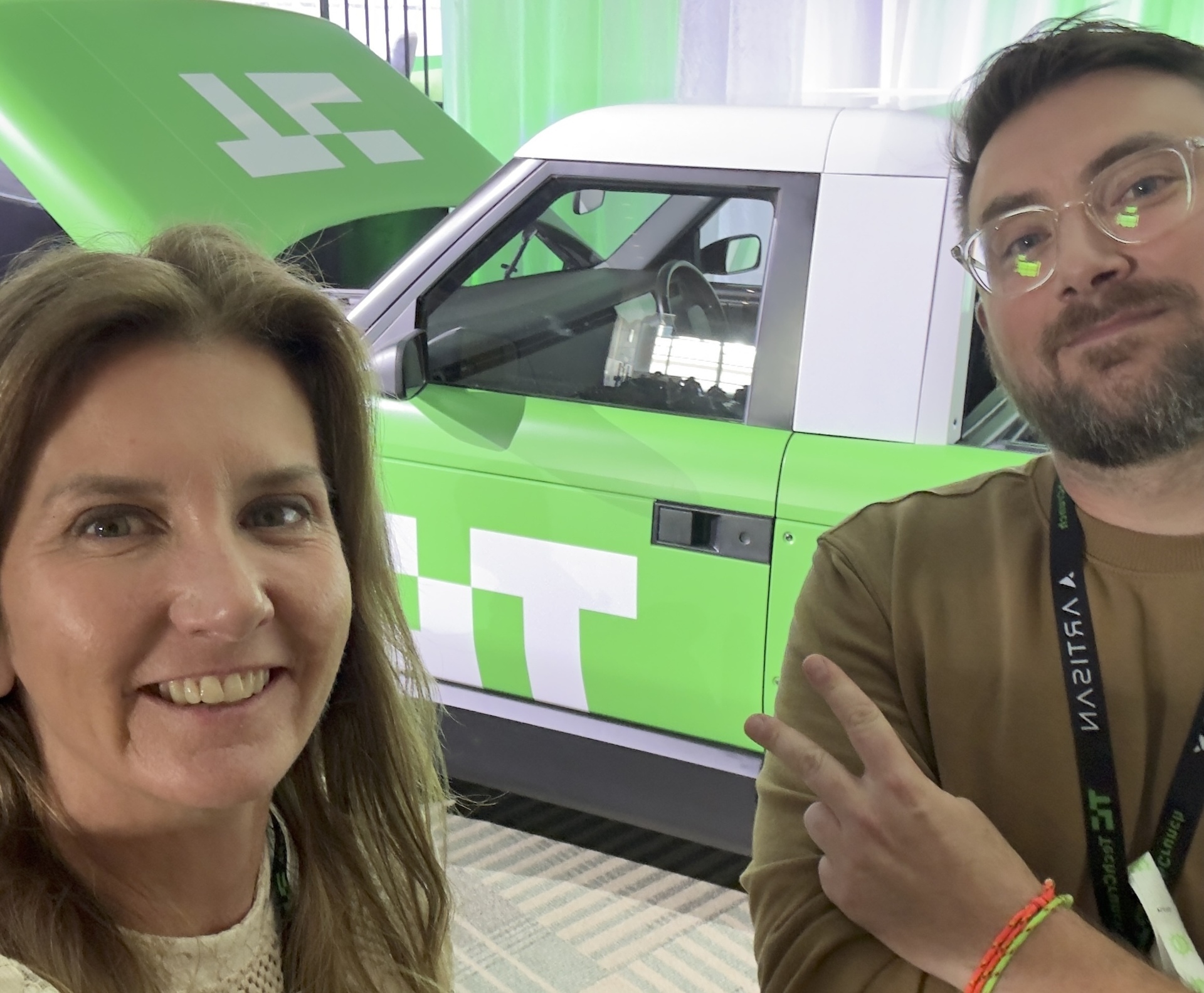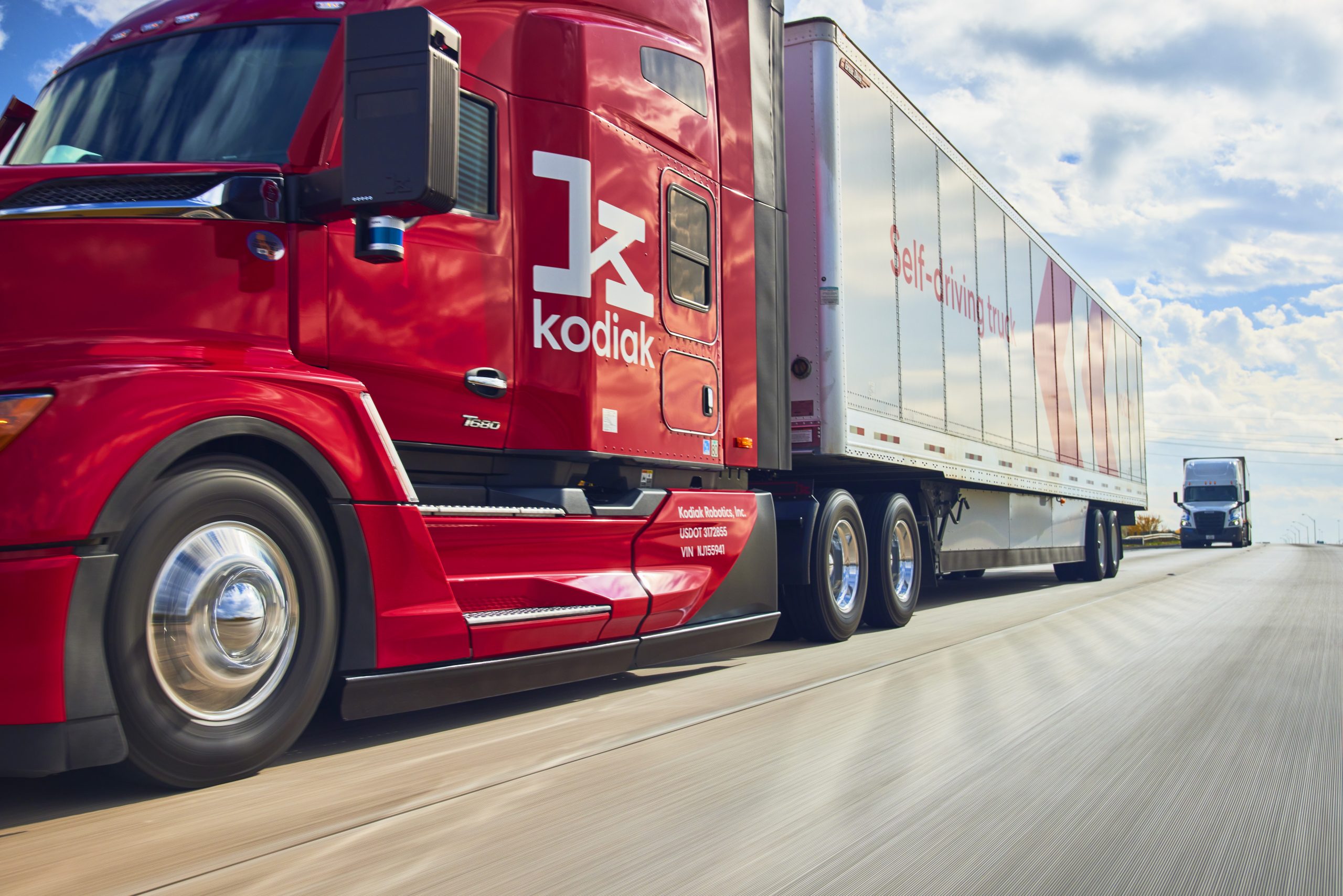
The vibrant atmosphere of TechCrunch Disrupt 2025 in San Francisco recently served as a critical nexus for the future of transportation, where industry leaders, ambitious founders, and investors converged to unveil groundbreaking technologies and engage in candid discussions. This year’s event cast a spotlight on the accelerating evolution of mobility, ranging from the complex realities of autonomous vehicle deployment to innovative approaches in electric vehicle design and the strategic maneuvers shaping global transportation networks. The insights shared, both on and off stage, underscored a sector brimming with transformative potential yet navigating significant technological, regulatory, and societal challenges.
Autonomous Vehicle Development: Navigating the Road Ahead
The autonomous vehicle (AV) sector remains a focal point of innovation and debate, with major players like Waymo, Nuro, Wayve, and Kodiak AI outlining their strategies and confronting the intricate path to widespread adoption. Waymo co-CEO Tekedra Mawakana delivered several thought-provoking statements, particularly emphasizing the imperative for AV companies to rigorously demonstrate the safety of their technology. This call to action resonates deeply within an industry where public trust and regulatory approval are paramount. Historically, the introduction of any new transportation technology, from automobiles to aviation, has been met with a period of skepticism and a demand for proven reliability. For AVs, this is amplified by the perception of handing over control to machines, a concept still novel and sometimes unsettling for many.
Mawakana also broached the sensitive topic of public acceptance, suggesting that society might eventually tolerate a fatality caused by a robotaxi if the overall promise of enhanced safety outweighs the risks posed by human-driven vehicles. This perspective taps into a long-standing ethical dilemma concerning statistical lives saved versus individual tragedies, a debate that has framed discussions around everything from vaccine safety to air travel. While autonomous systems theoretically offer the potential to drastically reduce accidents attributed to human error, the public’s emotional response to machine-caused incidents often differs significantly from its reaction to human-caused ones. This emotional aspect presents a substantial hurdle for companies seeking to scale their operations.
Further highlighting the challenges of public interaction, Mawakana affirmed Waymo’s commitment to prosecuting individuals who vandalize its vehicles, underscoring the real-world operational difficulties faced by companies deploying AVs in urban environments. This issue extends beyond mere property damage, touching on the broader social acceptance and integration of these new technologies into daily life. Moreover, her assertion that Waymo would continue to reject "overly broad" government requests for video footage captured by its vehicles speaks to growing concerns about data privacy and surveillance. As AVs become ubiquitous, their ability to collect vast amounts of visual data raises critical questions about individual liberties, government oversight, and the potential for misuse, issues that require careful navigation to maintain public trust.
San Francisco, often a proving ground for emerging technologies, saw its mayor, Daniel Lurie, express enthusiasm for Waymo’s presence and extend an open invitation to other AV companies to utilize the city as a testing environment. This stance reflects a delicate balance for urban centers, which stand to benefit from technological advancement and economic investment but also must contend with residents’ concerns about safety, congestion, and the impact of new technologies on urban life. The city’s complex streetscapes and diverse traffic conditions offer an invaluable, albeit demanding, proving ground for autonomous systems, pushing the boundaries of their capabilities.
Redefining Vehicle Ownership: Slate’s Open-Source Vision
Innovation at Disrupt extended beyond the autonomous driving stack to the very concept of vehicle ownership and customization, exemplified by Slate EV. Chris Barman, CEO of Slate, presented a compelling vision for electric vehicles that prioritates user empowerment and community-driven design. Slate plans to not only design, manufacture, and sell its own line of accessories for its EVs but also to openly share design data, enabling owners to 3D print their own custom parts. This radical transparency, further extended by allowing owners to sell their creations on a dedicated "Slate marketplace" (with a nominal fee for Slate, if they choose that channel), represents a significant departure from the traditional, tightly controlled automotive aftermarket.
This approach harks back to the early days of personal computing and open-source software, fostering a community of innovators and enthusiasts who can personalize and enhance their vehicles beyond factory options. The cultural impact could be profound, shifting the perception of a vehicle from a static product to a dynamic, adaptable platform. By democratizing design and manufacturing, Slate aims to cultivate a loyal user base that is deeply invested in the product’s evolution. Such a model could also significantly impact the market for vehicle accessories, potentially driving down costs and accelerating the pace of innovation as a wider pool of creators contributes to the ecosystem. The story of Slate itself had a "full-circle" moment at the event, with the reveal of Jeff Bezos’s early backing, a testament to the disruptive potential recognized by prominent investors.
Capital Flows and Market Realities: A Snapshot of Mobility Investment
The financial landscape for mobility startups presented a mixed picture at Disrupt 2025, reflecting both robust investor confidence in certain segments and the harsh realities of scaling capital-intensive ventures. Several companies announced significant funding rounds, indicating continued appetite for innovation in transportation:
- i6, a pioneer in digital fuel management for aviation, secured $20 million in Series B funding. This investment highlights the ongoing digital transformation within established industries, where optimizing legacy operations through technology can yield substantial efficiencies and cost savings.
- IntrCity SmartBus, an Indian intercity bus platform, raised $30 million in Series D funding, valuing the company at $140 million. This underscores the immense potential of tech-enabled solutions in emerging markets, where traditional infrastructure may be less developed, and digital platforms can quickly capture market share by offering improved convenience and reliability. India’s vast population and reliance on intercity travel make it a particularly fertile ground for such services.
- Pavewise, a road construction technology startup, closed a $2.5 million seed round. This investment points to the critical, albeit less glamorous, role of infrastructure technology in modernizing and enhancing the efficiency of foundational systems, ensuring the smooth operation of all other mobility advancements.
- Ridepanda, specializing in e-bike and scooter fleet subscriptions for businesses, secured $12.6 million in Series A funding. This reflects the sustained growth of micro-mobility solutions, particularly in urban environments, as companies seek sustainable and efficient last-mile transportation options for their employees or delivery services.
However, the event also brought news of market recalibrations and challenges. Navan, a corporate travel and expense platform, experienced a 20% drop on its first day of trading on Nasdaq, resulting in a valuation of approximately $4.7 billion. This performance signals a more cautious public market sentiment towards tech IPOs, a stark contrast to the often exuberant valuations seen in private funding rounds. It underscores the scrutiny public investors place on profitability and sustainable growth models.
Perhaps more starkly, Luminar, a prominent lidar technology company, faced a period of significant turmoil, including a board-led ousting of its founder and CEO, subsequent job cuts affecting 25% of its workforce, and a warning of a potential cash shortage by early 2026. This situation illustrates the intense competitive pressure, rapid technological evolution, and substantial capital requirements inherent in the AV sensor market. It serves as a potent reminder that even promising technologies face immense challenges in achieving commercial viability and long-term stability. Similarly, General Motors announced layoffs across its electric vehicle and battery plants in the United States, highlighting the broader industry’s ongoing struggle to scale EV production profitably amidst shifting market demands and supply chain complexities.
Strategic Collaborations and the Future of Fleets
The convergence of autonomous technology, software, and manufacturing was a dominant theme, particularly with Nvidia’s significant announcements. Nvidia, a powerhouse in AI computing, unveiled its new Drive AGX Hyperion 10 autonomous vehicle development platform and Nvidia Drive software. This platform is designed to standardize and accelerate the development of AVs, with partnerships already established with major players like Stellantis, Uber, Foxconn, Lucid, and Mercedes. Uber’s ambitious goal to scale its global autonomous fleet to 100,000 vehicles by 2027, starting with the deployment of Hyperion-powered robotaxis, signifies a massive leap in the operationalization of AV technology. Wayve founder and CEO Alex Kendall’s enthusiasm for Hyperion, advocating for broader adoption by manufacturers, underscores its potential to become a foundational architecture for the industry.
Uber’s strategic moves further exemplified the complex dynamics of the nascent robotaxi market. The company announced a premium robotaxi service in San Francisco for 2026, utilizing Lucid Motors’ all-electric Gravity SUVs equipped with Nuro’s self-driving technology. This move places Uber in direct competition with Waymo in a critical market, even while Uber maintains partnerships with Waymo in other cities. This multi-faceted strategy reflects the early stage of the AV market, where companies are exploring diverse partnerships and deployment models to gain market share and refine their services.
The realm of autonomous trucking also saw significant advancements. Aurora expanded its driverless route to 600 miles between Fort Worth, Texas, and El Paso, marking its second major self-driving truck corridor. This expansion, coupled with details about its next-generation hardware, underscores the growing confidence in long-haul autonomous logistics. The economic drivers for autonomous trucking are compelling, addressing issues like driver shortages, fuel efficiency, and operational costs. Similarly, Waabi unveiled a new autonomous truck developed in partnership with Volvo, signaling traditional automotive giants’ deep integration into the future of self-driving freight. A recent poll conducted by TechCrunch Mobility readers further reinforced this sentiment, with an overwhelming 62.5% favoring "longer haul" autonomous trucking (Class 8 trucks traveling over 500 miles) as the most promising business model for AV technology over middle-mile delivery.
Global Shifts and Emerging Opportunities
Beyond the headlines of AVs and EVs, other notable developments highlighted broader trends in mobility. BlaBlaCar, the peer-to-peer ride-sharing platform, revealed that India has become its largest market, demonstrating the power of community-based transport solutions in regions with high population density and evolving infrastructure. This showcases the importance of adapting business models to specific cultural and economic contexts. The victory of transportation-focused Glīd in the Startup Battlefield 2025 also pointed towards innovative solutions aimed at optimizing freight movement, specifically by creating autonomous shortcuts to transition cargo from road to rail, promoting efficiency and potentially reducing carbon footprints.
In conclusion, TechCrunch Disrupt 2025 painted a vivid picture of a mobility sector in flux—a landscape where technological breakthroughs are consistently challenged by complex societal questions, regulatory frameworks, and the arduous path to commercial viability. From the nuanced ethical debates surrounding autonomous safety to the empowering vision of open-source vehicle design and the strategic dance of corporate alliances, the future of how we move is being actively shaped by a diverse ecosystem of innovators, investors, and policymakers, all striving to redefine the boundaries of what’s possible.





